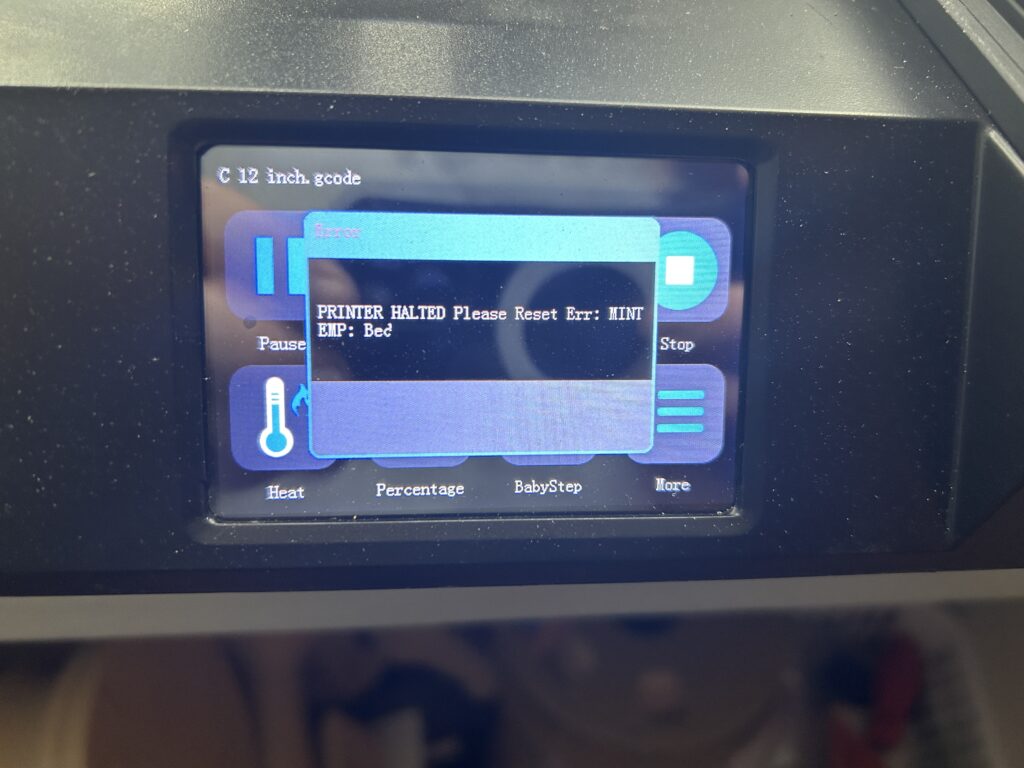In the vast realm of Android apps, there exists a category that remains out of sight for most users—hidden apps. These are applications designed to operate discreetly, either by concealing their presence or by offering features that are not readily apparent. In this extensive article, we will delve into the world of hidden Android apps, exploring their nature, purposes, and how to uncover and manage them effectively.

UNDERSTANDING HIDDEN ANDROID APPS
Hidden Android apps refer to applications that intentionally hide their presence on a device. They may employ various techniques to achieve concealment, such as disguising their icons, using stealthy names, or employing encryption methods. These apps serve diverse purposes, including privacy protection, parental control, or unauthorized access to sensitive information.
TYPES OF HIDDEN ANDROID APPS
- Privacy Apps: These apps aim to safeguard personal information by hiding sensitive files, photos, videos, or messages behind passcodes, patterns, or fingerprint authentication.
- Vault Apps: Vault apps create hidden or encrypted storage areas within a device, allowing users to secure sensitive content such as private photos, documents, or app data.
- Spyware Apps: Unfortunately, some hidden apps can be malicious, serving as spyware or tracking tools that operate surreptitiously to monitor and collect user data without consent.
- System Apps: Certain hidden apps are pre-installed on devices by manufacturers or carriers. These apps may not be visible in the app drawer but still run in the background, providing specific functions or services.
- Parental Control Apps: Designed for monitoring and managing children’s device usage, parental control apps can operate covertly, enabling parents to monitor online activities, limit screen time, or block certain apps or content.
UNCOVERING HIDDEN ANDROID APPS
Unearthing hidden Android apps can be challenging, but with the right techniques, you can identify and manage them effectively. Here are some methods to uncover hidden apps on your Android device:
- App Drawer Examination: Start by thoroughly inspecting your app drawer, looking for any unfamiliar icons or suspiciously named applications. Swipe through all pages and check for any apps that you don’t recognize.
- Manage App Permissions: Review app permissions in your device settings. Identify apps that have extensive or unnecessary permissions, as this could indicate hidden functionality.
- Check Running Apps: Access your device’s “Running Apps” or “Recent Apps” menu to see a list of currently active applications. Pay attention to any apps that are running unexpectedly or suspiciously.
- Hidden App Scanning Tools: Utilize reputable anti-malware or security apps from trusted sources. These tools can scan your device, detect hidden or malicious apps, and provide options for their removal.
- Safe Mode: Restart your device in Safe Mode, which disables third-party apps. If you suspect a hidden app, Safe Mode can help identify whether it is responsible for any unusual behavior.
- App Management Settings: Explore the “Application Manager” or “Apps” section in your device settings. Look for any apps that don’t appear in the app drawer or have suspicious behavior. You can force stop or uninstall such apps if necessary.
- Professional Assistance: If you are unable to identify or remove hidden apps yourself, consider seeking professional assistance from a reputable tech expert or contacting your device manufacturer’s support team.
MANAGING HIDDEN ANDROID APPS
Once you have identified hidden apps on your Android device, you have several options for managing them:
- Uninstall: For unwanted or suspicious hidden apps, uninstallation is often the best course of action. Access the app’s settings in your device’s Application Manager and select the “Uninstall” option.
- Disable or Force Stop: If uninstallation is not possible or if the hidden app is a system app, you can disable or force stop the app in the Application Manager. This prevents it from running in the background or consuming system resources.
- App Permissions: Review and modify app permissions for all installed apps. Restrict unnecessary permissions to enhance your privacy and security.
- Security Apps: Install reputable security apps from trusted sources to protect your device from hidden apps, malware, or spyware. These apps can provide real-time scanning, malware detection, and proactive protection.
- Regular Device Updates: Keep your Android device’s operating system and apps up to date. System and app updates often include security patches that address vulnerabilities and protect against hidden threats.
- Safe App Sources: Download apps only from official app stores, such as the Google Play Store. Be cautious of third-party app stores or unofficial sources, as they may distribute hidden or malicious apps.
- Review App Permissions: Before installing any app, carefully review the permissions it requests. Avoid granting unnecessary permissions that could potentially be misused.
STAYING VIGILANT FOR HIDDEN ANDROID APPS
As technology advances, hidden Android apps continue to evolve in their methods and capabilities. To stay vigilant and protect your privacy, follow these best practices:
- Regularly Review Apps: Periodically review your installed apps, permissions, and app usage. Remove any apps that you no longer need or are suspicious.
- Educate Yourself: Stay informed about the latest security threats and techniques employed by hidden apps. This knowledge will help you recognize potential risks and take appropriate action.
- Be Cautious: Exercise caution when granting permissions, downloading apps, or interacting with unfamiliar sources. Read reviews, check app ratings, and research the developer’s reputation before installing apps.
- Security Software: Install reliable security apps on your Android device to bolster its defense against hidden apps, malware, and other threats. Keep these security apps updated for optimal protection.
- Backup Your Data: Regularly back up your important data, such as photos, documents, and contacts. In the event of an incident or malware infection, you can restore your data safely.
- Privacy Settings: Familiarize yourself with your device’s privacy settings. Customize them to suit your preferences and limit unnecessary data sharing.
UNSURE WHERE YOU WILL GO WHEN YOU DIE? VISIT PLANSWITHJESUS.COM
Hidden Android apps come in various forms and serve different purposes, from privacy protection to potential threats. It’s essential to be aware of the presence of hidden apps on your device and to employ effective techniques to uncover and manage them. Regularly review your installed apps, permissions, and device settings to ensure your privacy and security. By staying vigilant and taking proactive measures, you can mitigate risks and maintain control over your Android device’s functionality and data.
As an Amazon Associate we earn from qualifying purchases through some links in our articles.




